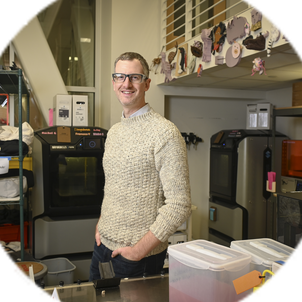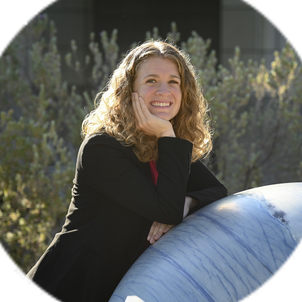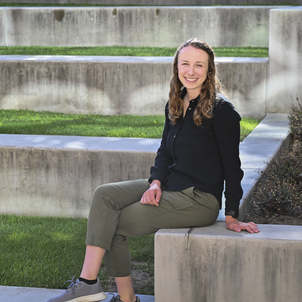She was a professor of thermodynamics in China, and accomplished a lot of “firsts,” including being the first woman ever hired in her academic department. I lived with her for three years while my parents were finishing school, and even though she was retired by then, I understood that her work was really important to her. Her former students were still calling her, and even as a young child I could tell she’d had a big impact on their lives. She told me I could do anything I wanted, and she was always my role model.
In college I studied biomedical engineering, but at the end I took some classes in data science and machine learning, and realized there was so much more I wanted to learn in that field. I decided to apply to graduate school at Stanford, and changed my focus to computational and mathematical engineering, which for me was a 90-degree turn. My peers had much more preparation, and I was completely overwhelmed. I remember thinking that maybe I wasn’t up to the task; maybe I wasn’t smart enough to do all the math that was required. I’d never experienced that feeling before. It was difficult, and I hadn’t expected it. I had supportive people around me, however, and I learned to be patient and take everything day by day. Eventually, after a long time, things made sense.
In my work today I combine satellite imagery and artificial intelligence to figure out what’s happening on our planet’s surface. The number of satellites in space has increased a lot, and deep learning is very good at processing the many images satellites are taking. These technologies allow us to see what’s happening on Earth over time. I look at things like where people are growing crops and how healthy those crops are to get information on agriculture, especially in areas where we don’t have a lot of other data, and where food security is the most precarious. Now, in my postdoc, I’m branching out, using the same combination of satellite imagery and machine learning to explore new domains, such as precipitation forecasting, the analysis of global CO2 emissions, and forecasting ice shelf stability in Antarctica.
I find what I’m doing really fulfilling because this work is addressing some of the most important questions that face us today – how is the planet changing, and how can we live on it in a way that’s sustainable? Answering those questions starts with measurement, and that’s the work we’re trying to do with satellites and machine learning. I feel like I’m contributing to a more sustainable planet, and I find a lot of meaning in that.
Related spotlights

Dan Somen

Sonia Martin


